 Jennifer Doudna, Ph.D. Credit: University of California, Berkeley.
Jennifer Doudna, Ph.D. Credit: University of California, Berkeley.
The 2020 Nobel Prize in Chemistry was awarded to Jennifer Doudna, Ph.D., and Emmanuelle Charpentier, Ph.D., for the development of the gene-editing tool CRISPR. Dr. Doudna shared her thoughts on the award and answered questions about CRISPR in a live chat with NIH Director Francis S. Collins, M.D., Ph.D. Here are a few highlights from the interview.
Q: How did you find out that you won the Nobel Prize?
A: It’s a little bit of an embarrassing story. I slept through a very important phone call and finally woke up when a reporter called me. I was just coming out of a deep sleep, and the reporter was asking, “What do you think about the Nobel?” And I said, “I don’t know anything about it. Who won it?” I thought they were asking for comments on somebody else who won it. And she said, “Oh my gosh! You don’t know! You won it!”
Continue reading “Q&A With Nobel Laureate and CRISPR Scientist Jennifer Doudna”

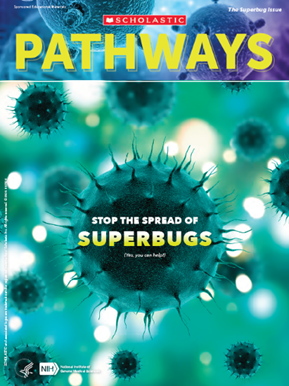 Cover of Pathways student magazine.
Cover of Pathways student magazine.
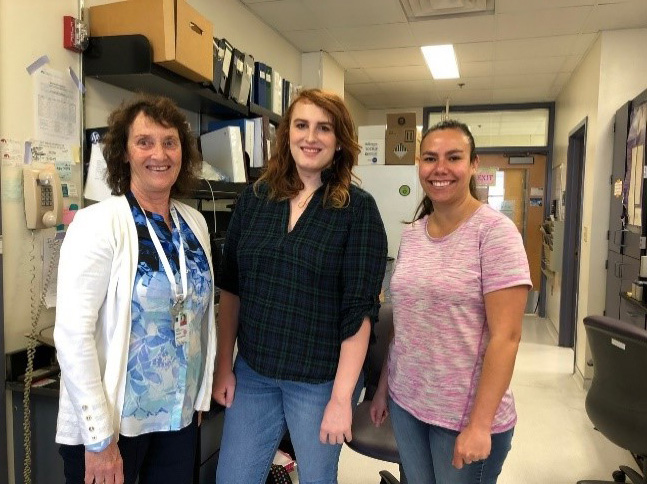 Dr. Wandinger-Ness (left) with former undergraduate trainee Amber Rauch (center) and current Ph.D. trainee Melanie Rivera. Credit: Angela Wandinger-Ness, Ph.D.
Dr. Wandinger-Ness (left) with former undergraduate trainee Amber Rauch (center) and current Ph.D. trainee Melanie Rivera. Credit: Angela Wandinger-Ness, Ph.D.
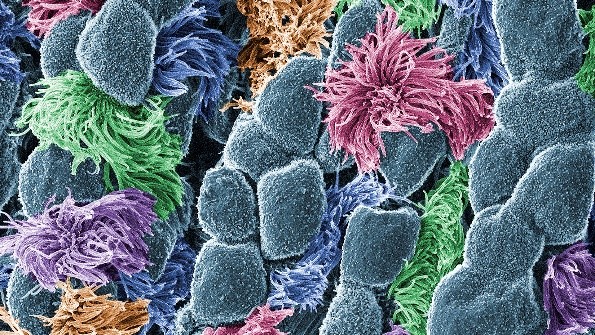
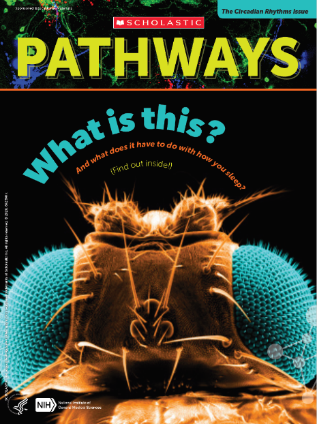 Cover of Pathways student magazine, third issue.
Cover of Pathways student magazine, third issue.
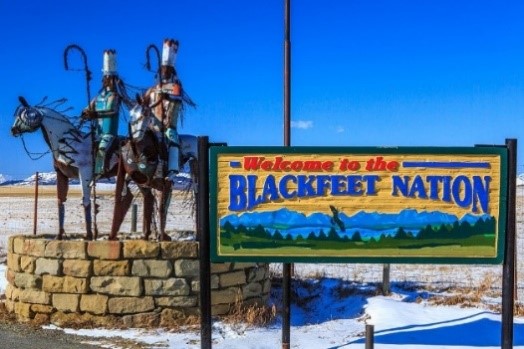 Credit: Murray Foubister.
Credit: Murray Foubister. 
 Neha John-Henderson, Ph.D., Montana State University. Credit: Kelly Gotham.
Neha John-Henderson, Ph.D., Montana State University. Credit: Kelly Gotham.
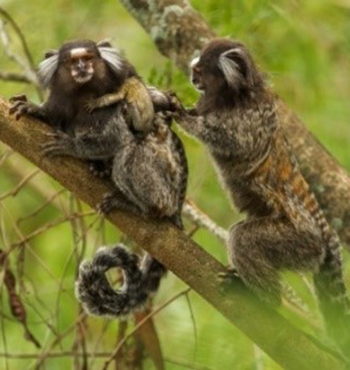 A family of common marmosets. Credit: Francesco Veronesi.
A family of common marmosets. Credit: Francesco Veronesi. 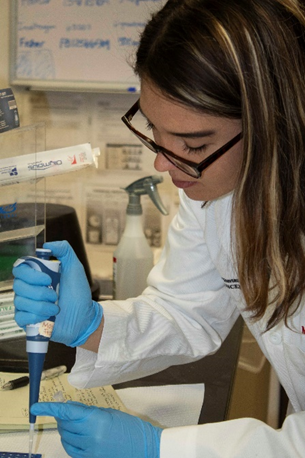 Scientific research requires many resources, which all require funding.
Scientific research requires many resources, which all require funding.